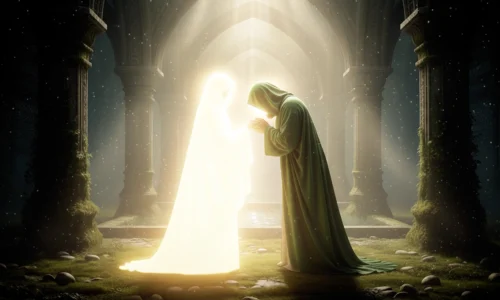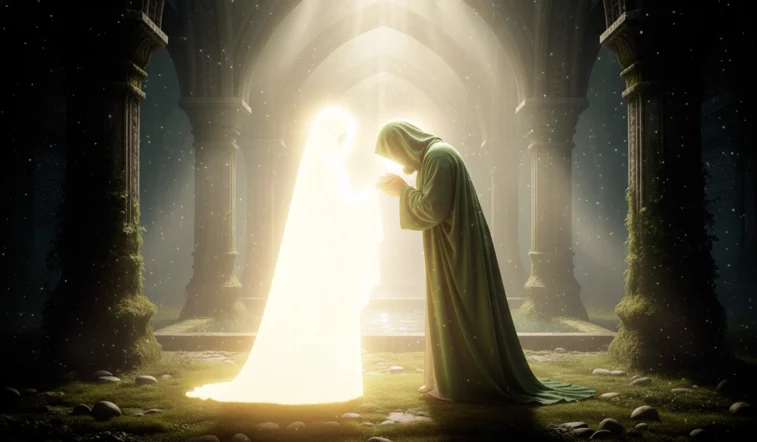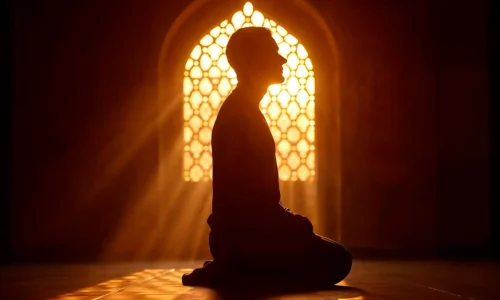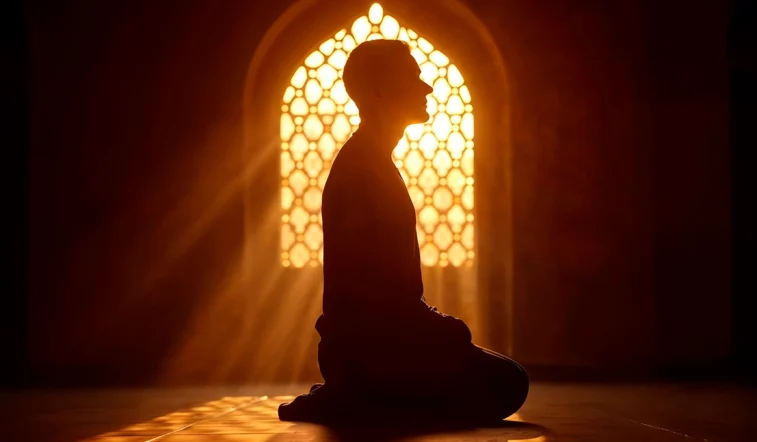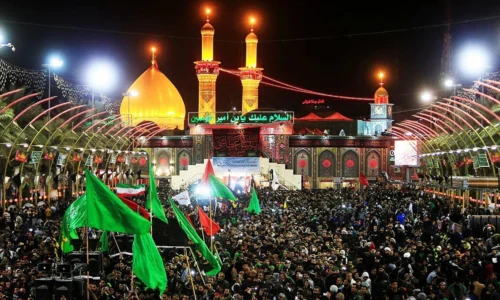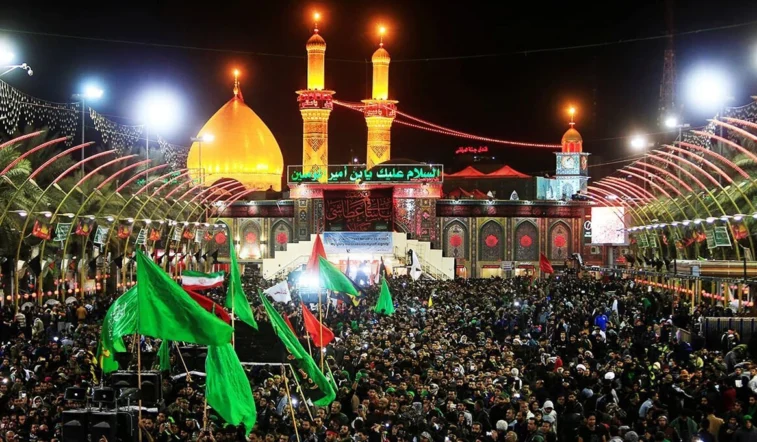How Global Narratives Mislead Millions About a Sacred Figure
In an age dominated by headlines, soundbites, and trending hashtags, it’s easy for sacred beliefs to be misunderstood—or worse, deliberately misrepresented. One of the most distorted figures in today’s media landscape is Imam Mahdi (AS), the 12th Imam in Shia Islam. Revered by millions as the promised savior who will return to bring justice and peace, Imam Mahdi is often either ignored or inaccurately portrayed in mainstream media. Let’s take a closer look at how this distortion happens, who’s doing it, and why it matters.

Why Is the Mahdi So Misunderstood?
For many Muslims—especially Shia—belief in the Mahdi isn’t just a hopeful story. It’s a deep part of their faith and daily spiritual connection. But if you watch the news or scroll through popular media outlets, the narrative is often very different. The concept of the Mahdi is reduced to political agendas, apocalyptic fears, or even “dangerous ideologies.” This distortion does two things:
- It misinforms non-Muslims who may never hear the true spiritual purpose behind the belief.
- It stigmatizes believers, painting them as radicals or threats, instead of people yearning for justice.
Who’s Driving These Narratives?
Several well-known media outlets are responsible for how the Mahdi is perceived globally. Here are a few that have significantly shaped (and skewed) the conversation:
Fox News
This U.S.-based network has repeatedly framed belief in the Mahdi as a geopolitical threat, often linking it to Iranian politics and suggesting it fuels extremism.
CNN & BBC
These mainstream giants often try to take a neutral stance but tend to invite “experts” with little understanding of Islamic theology. The result? Confusing and sometimes fearful portrayals of Mahdism as apocalyptic or fringe.
New York Times & Washington Post
Articles in these outlets sometimes discuss Mahdism only in relation to power struggles in the Middle East. While not outright negative, they ignore the peaceful, spiritual belief held by the majority of followers.
Al Arabiya & Al Hadath (Saudi-funded networks)
These platforms have pushed a more aggressive anti-Shia narrative, often ridiculing or outright denying the legitimacy of belief in the Mahdi.
How Does the Distortion Happen?
Media isn’t always blunt—it works in subtle ways. Here are some of the most common tactics:
- Cherry-picking quotes from fringe voices while ignoring mainstream scholars.
- Using scary words like “cult,” “apocalypse,” or “radical ideology.”
- Pairing headlines with war footage or political chaos to create fear-based impressions.
- Echoing the same narrative across multiple platforms to build a sense of “truth.”
Why It Matters (More Than You Might Think)
Distorting the image of Imam Mahdi (AS) has real consequences:
- It deepens Islamophobia and anti-Shia bias.
- It fuels sectarian conflict in already fragile regions.
- It closes the door on interfaith understanding and curiosity.
But most importantly, it strips a sacred belief of its true meaning: a universal hope for justice, peace, and divine guidance in a broken world.
So What Can We Do?
We can’t control big media empires—but we can speak the truth.
- Learn and share authentic knowledge about Imam Mahdi (AS).
- Support independent voices that present balanced, respectful religious coverage.
- Engage in conversations—online or offline—that break down stereotypes.
- Encourage curiosity instead of fear when it comes to Islamic beliefs.
Final Thought
Imam Mahdi (AS) is not a political symbol or a threat to fear—he is a beacon of divine justice, long awaited by the faithful. It’s time we reclaimed that truth from the headlines and brought it back into the light.
